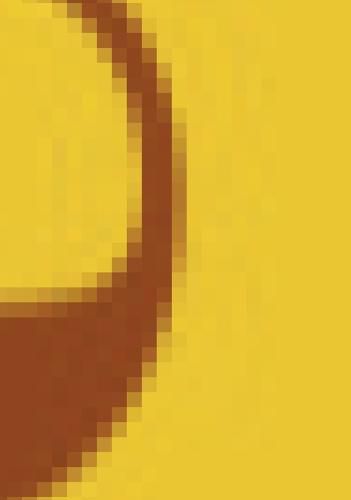Readings Newsletter
Become a Readings Member to make your shopping experience even easier.
Sign in or sign up for free!
You’re not far away from qualifying for FREE standard shipping within Australia
You’ve qualified for FREE standard shipping within Australia
The cart is loading…






Prof Dr Rolf Denk, born in Duesseldorf in 1935, worked as a dermatologist in the Mainz University Hospital and afterwards in his own specialist practice in Ruesselsheim. In 1978 he and other collectors were among the founders of the European Union to Search for, Collect, and Preserve Primitive and Curious Money (EUCOPRIMO). In 1981 he took over the editing of the journal Der Primitivgeldsammler. After completing his medical career, he devoted himself more to the research of early indigenous means of payment. 110 own publications have appeared on this topic. In 2017 he published the monograph "Das Manillen-Geld West Afrikas" of which he now presents a revised and extended edition in English. The currency manillas discussed in this book are open metal rings that were used by Europeans as means of payment in trade with the local population from the mid-15th to mid-20th century in various areas of the West Coast of Africa. All currency manillas were made in Europe and are not indigenous products. Therefore is not correct and misleading to designate the foot, arm and neck rings produced in the country itself as manillas. The early Portuguese manillas, also called tacoais, were largely produced according to Portuguese specifications in Flanders and Germany. They are heavier and larger than the so-called Birmingham manillas, which originated in England and were mainly exported to southern Nigeria, where they were in circulation as market money with the Igbo and Ibibo. An intermediate position in terms of shape, weight and metal composition is occupied by the popo manillas, probably produced in England and France and mainly used in the Ivory Coast. On the basis of extensive literature research, an attempt is made to obtain more precise data on the production, use and typification of the different currency manillas and to show their clear distinction from the indigenous metal rings.
$9.00 standard shipping within Australia
FREE standard shipping within Australia for orders over $100.00
Express & International shipping calculated at checkout
Prof Dr Rolf Denk, born in Duesseldorf in 1935, worked as a dermatologist in the Mainz University Hospital and afterwards in his own specialist practice in Ruesselsheim. In 1978 he and other collectors were among the founders of the European Union to Search for, Collect, and Preserve Primitive and Curious Money (EUCOPRIMO). In 1981 he took over the editing of the journal Der Primitivgeldsammler. After completing his medical career, he devoted himself more to the research of early indigenous means of payment. 110 own publications have appeared on this topic. In 2017 he published the monograph "Das Manillen-Geld West Afrikas" of which he now presents a revised and extended edition in English. The currency manillas discussed in this book are open metal rings that were used by Europeans as means of payment in trade with the local population from the mid-15th to mid-20th century in various areas of the West Coast of Africa. All currency manillas were made in Europe and are not indigenous products. Therefore is not correct and misleading to designate the foot, arm and neck rings produced in the country itself as manillas. The early Portuguese manillas, also called tacoais, were largely produced according to Portuguese specifications in Flanders and Germany. They are heavier and larger than the so-called Birmingham manillas, which originated in England and were mainly exported to southern Nigeria, where they were in circulation as market money with the Igbo and Ibibo. An intermediate position in terms of shape, weight and metal composition is occupied by the popo manillas, probably produced in England and France and mainly used in the Ivory Coast. On the basis of extensive literature research, an attempt is made to obtain more precise data on the production, use and typification of the different currency manillas and to show their clear distinction from the indigenous metal rings.